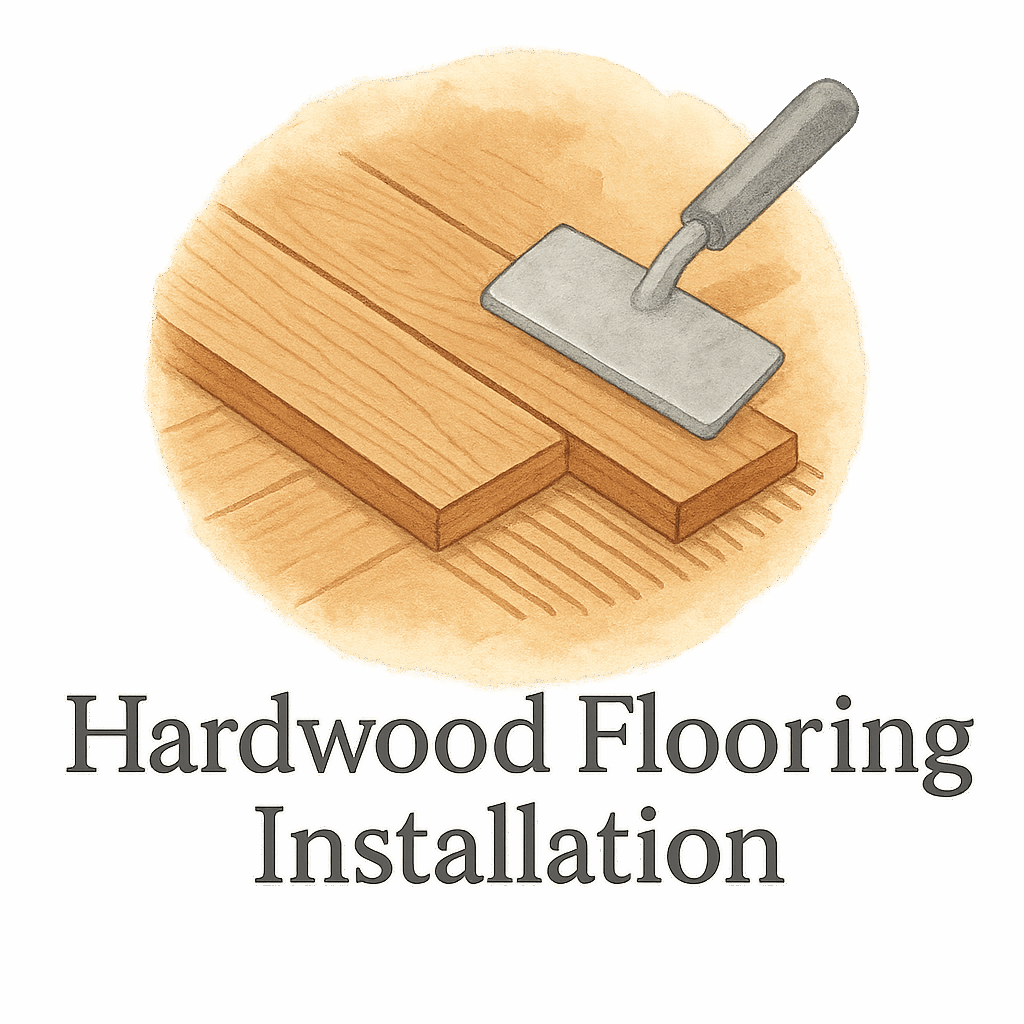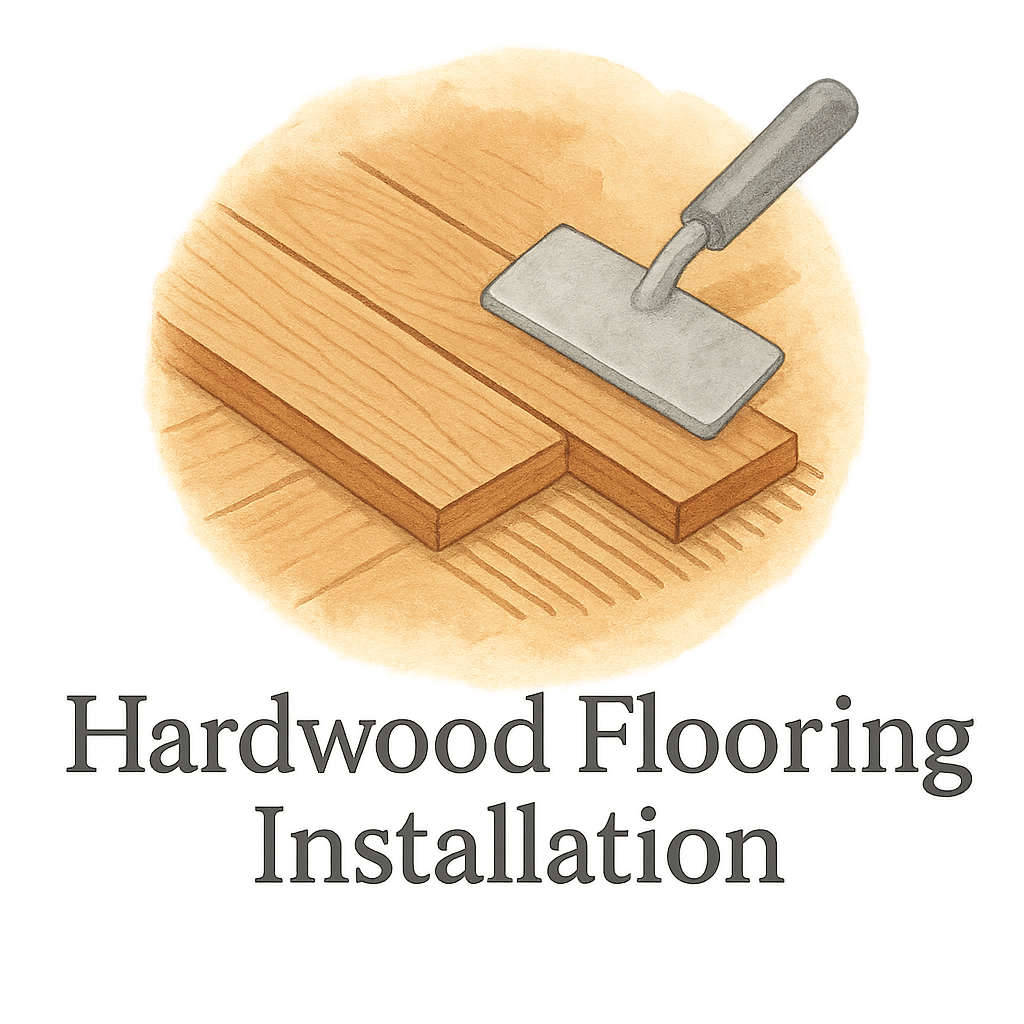Thinking about installing hardwood flooring but unsure how to budget for it? You’re not alone! Hardwood floors are a timeless investment, but they can get pricey if you’re not careful. Let’s break down 8 practical budgeting tips to help you get those beautiful floors without breaking the bank.
Why Budgeting for Hardwood Flooring Matters
Hardwood flooring is a significant investment in your home. Without a plan, it’s easy to overspend or forget crucial costs. Budgeting helps you prioritize what matters most—whether it’s high-quality materials, professional installation, or long-term maintenance. The good news? With the right strategies, you can have gorgeous hardwood floors without blowing your budget.
1. Set a Realistic Budget Early On
Don’t Just Guess—Research Costs First
Before you even start shopping, take time to understand the average cost of hardwood flooring—materials, labor, tools, and accessories. This gives you a ballpark figure and helps avoid sticker shock.
Use tools like this handy flooring cost & time estimation guide to see realistic price ranges based on square footage, wood type, and region.
Include a Cushion for Surprises
Always include an extra 10–15% in your budget. Why? Flooring surprises happen—a hidden subfloor issue, extra cuts, or last-minute add-ons. That cushion ensures you’re not scrambling mid-project.
2. Choose the Right Hardwood Type
Solid vs. Engineered Hardwood
Solid hardwood is durable and beautiful but can cost more and requires careful installation. Engineered hardwood is often more affordable, especially for DIYers, and handles moisture better.
Explore wood types in detail on our flooring materials guide to compare textures, colors, durability, and pricing.
Consider Long-Term Value
Higher-end materials may have a bigger upfront cost, but their durability and resale value can save you money in the long run. Think of it as investing in your home, not just spending.
3. Measure Twice, Buy Once
Accurate Measurements Prevent Waste
Nothing kills a budget faster than buying too much—or too little—flooring. Measure your rooms precisely and add 5–10% for cutting waste and future repairs.
Use Online Estimators
Not great at math? No worries! Use our DIY Flooring Installation page or quote calculators that can help you estimate costs based on your exact room dimensions.

4. Get Multiple Quotes
Compare Apples to Apples
Don’t settle for the first quote you get. Get at least three quotes from local pros. Make sure they include the same materials, prep work, and installation to compare fairly.
Use Quote Tools and Resources
Check out our quotes and estimates resources to streamline the process. You’ll be surprised how much prices vary!
5. Decide Between DIY and Professional Installation
Can You Really Do It Yourself?
Going the DIY route can save you hundreds—sometimes thousands—but it requires time, tools, and skills. Ask yourself: Do I have the patience and precision to install a floor I’ll walk on every day?
Our DIY flooring guides are packed with tips, tools, and step-by-step instructions to help you decide.
Pros and Cons of Hiring Experts
Yes, pros cost more. But they bring experience, efficiency, and often a warranty. If your subfloor’s uneven or you’re installing over concrete, you might want to leave it to the pros.
6. Don’t Skimp on Preparation
Subfloor Inspection and Leveling
Before laying a single plank, inspect and prep your subfloor. An unlevel base can ruin your flooring over time. This prep work might add cost, but it’s non-negotiable.
For more details, see our flooring preparation checklist.
Moisture Testing Matters
Moisture is hardwood’s enemy. Whether you’re working in a basement or over a crawlspace, moisture testing is a must. A few bucks spent now can save thousands in future damage.
7. Factor in Tools, Underlayment, and Accessories
Not Just Planks—Think Everything Else
Flooring isn’t just planks—it includes nails, underlayment, glue, trims, transition pieces, and more. These extras can easily eat up 10–20% of your budget.
Don’t forget underlayment! Check out our underlayment guide for tips on choosing the right one for your floor type and subfloor.
Borrow or Rent Tools to Save
No need to buy a $300 floor nailer for a one-time job. Borrow tools from friends or rent from hardware stores. Visit our tools and materials section to see what’s essential and what you can skip.
8. Plan for Maintenance and Repairs
Budget for Ongoing Care
Hardwood floors aren’t set-it-and-forget-it. You’ll need regular cleaning, occasional refinishing, and maybe even spot repairs.
Explore long-term costs on our flooring maintenance and repair hub to plan accordingly.
Protect Your Investment
Place felt pads under furniture. Use rugs in high-traffic areas. Wipe spills quickly. These small habits go a long way in protecting your floors and your wallet.
More tips? Check out posts under maintenance and damage tags for actionable advice.
Conclusion
Budgeting for hardwood flooring doesn’t have to be stressful or overwhelming. With a little research, smart planning, and the right resources, you can make the most of your investment and enjoy stunning hardwood floors for years to come.
Remember to lean on our comprehensive guides at Flooring Contractor Plano FBS for help every step of the way—from planning to installation to cleaning. Your dream floor is closer than you think!
FAQs
Q1: What’s the average cost per square foot for hardwood flooring?
A: It typically ranges from $6 to $15 per sq ft, depending on material and labor.
Q2: How much extra flooring should I buy for waste?
A: Plan for 5–10% extra to account for mistakes, cuts, and future repairs.
Q3: Is DIY hardwood installation worth it?
A: It can be! If you’re handy and patient, it saves money—but it’s not for everyone.
Q4: How do I choose between engineered and solid hardwood?
A: Solid is best for longevity; engineered works better in humid areas and costs less.
Q5: What hidden costs should I watch for?
A: Subfloor repairs, tool rentals, underlayment, and trims are commonly overlooked.
Q6: Can I finance a hardwood flooring project?
A: Yes! Many contractors offer financing options—just be sure to factor in interest.
Q7: How often should hardwood floors be refinished?
A: Every 7–10 years, or when the finish shows significant wear.


